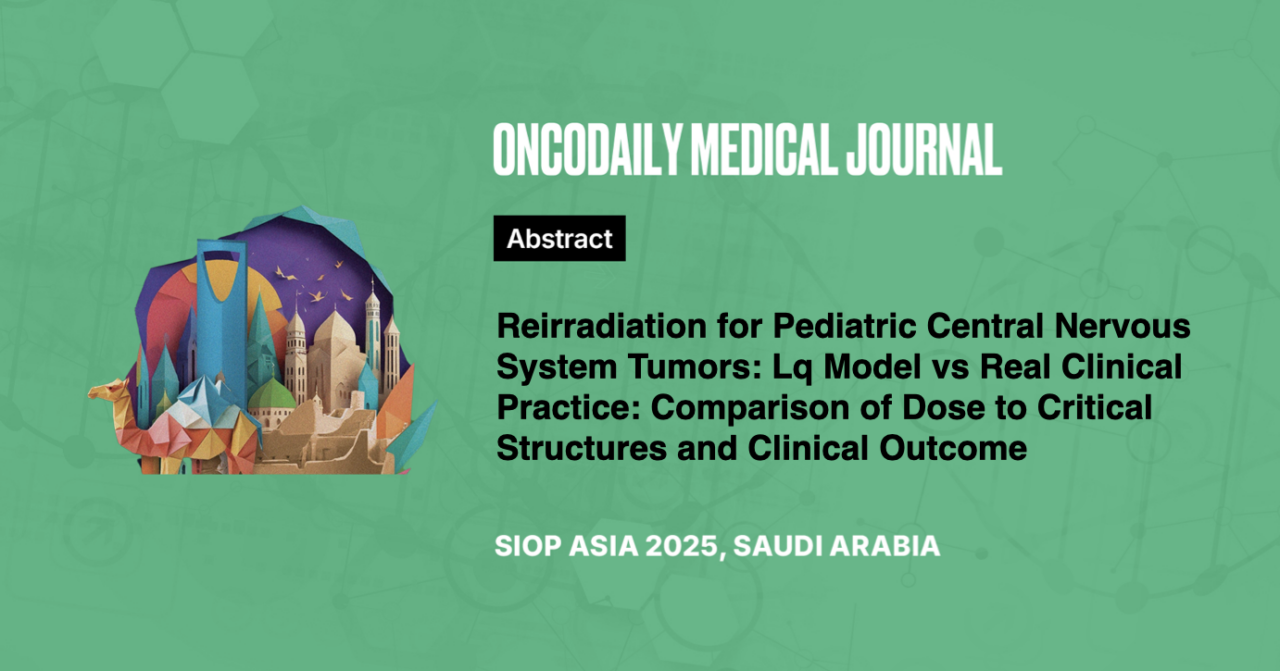Reirradiation for Pediatric Central Nervous System Tumors: Lq Model vs Real Clinical Practice: Comparison of Dose to Critical Structures and Clinical Outcome
Abstract
Introduction: The management of recurrent brain tumors in children poses significant challenges due to the balance between achieving therapeutic efficacy and minimizing treatment-related toxicities. This abstract aims to inform about the management of CNS reirradiation in a single institution through a comparison of LQ-based model approach and real clinical practice.
Methodology: Forty patients received reirradiation for recurrent brain tumors from 2018 to 2023. Both treatments were carried out in a single institution. The median time between the two treatment courses was 21.9 months. Based on LQ-model and literature data about time-related nervous tissue recovery we developed a model for calculating possible constraints. We collected clinical outcomes and treatment plans data from 29 patients who received reirradiation and compared prescribed doses to critical structures with calculated doses for those patients.
Results: Median follow-up was 13.7 months. Twenty-six patients had doses exceeding one or more critical structures compared to LQ-model calculations. Along with this, 15 patients had doses to the brainstem and spinal cord lower by more than 15% accompanying target under coverage in 6 patients. Eight patients had local recurrence, and 5 of them had target under coverage. Nine patients (31%) developed radiation necrosis in reirradiated areas.
The frequency of neurodeficiency correlated significantly with necrosis (0.489; p=0.033). In this study, radiation necrosis arose in patients with doses higher than retrospectively calculating levels (OR 12.8 [CI 1.2; 130.5], p=0.03). ROC-analysis showed the increasing risk of necrosis development in the periventricular area and brain stem area when the prescribed dose exceeded the calculated dose by 35.2% or more (AUC 0.919±0.061 [CI 0.799; 1.000]; p=0.002). In three patients prescribed doses did not exceed calculated levels to any structure. No neuro deficiency was observed in this group of patients.
Conclusion: Calculated parameters for critical structures based on LQ-model seem to be safe according to clinical results. Prescribed doses ≥35.2% from calculated doses associated with increased risk of necrosis.





